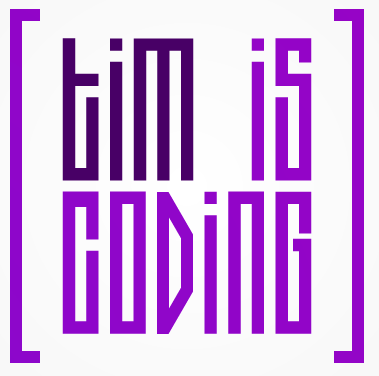Git notes
Sat 14 Nov 06:30 2015Git is an open source version control system (VCS) typically used for tracking changes in text files. This post defines useful terminology and commands.

My coding odyssey
Git is an open source version control system (VCS) typically used for tracking changes in text files. This post defines useful terminology and commands.
The dry run was chaotic and dysfunctional at best, with the devs trying to sort out who would talk about what they learnt.
No special activities this week, just focusing on the team project and lead up into the final showcase on saturday.
We were given a talk by TW consultant Fabio Pereira about the cognitive psychology behind Agile processes. A professor conducted an experiment by giving his students 3 essays to complete over the 12 week course.
We covered one type of user testing whose purpose is to get a sense of what users are feeling when they are using your application. XD's typically delegate user selection to a recruiter and give them a list of criteria each user must satisfy.
Everyone gathered into the meeting room to learn about ThoughtWork's graduate program. ThoughtsWorks is a consulting software company that solves tough problems for other companies from a wide range of industries including retail, banking and education.
We were given a short presentation by an experience design (XD) ThoughtWorker who spoke about the role he plays in a project. Experience design is a multidisciplinary profession that includes product strategy, research, interaction design and visual (graphic) design.
Afterwards, all the BAs and XDs met in the kitchen area to discuss one story with a ThoughtWorks BA. Our team chose As Allen, I want to send a message to an emergency contact so that I can immediately get the help that I need to stop drinking.
We were asked to split into teams of 3 consisting of at least one dev and a business analyst (BA) or experience designer (XD) and given 5 x 3 inch cards, to write stories that would fulfil some of the TechOps requirements.
In this article, some of the inner workings of the regex engine are uncovered. Where does the engine start to look for the pattern? What steps does it take to process the string and how does it end up finding or not finding a match? The answers lead us to discover the hallmarks for good/bad patterns.